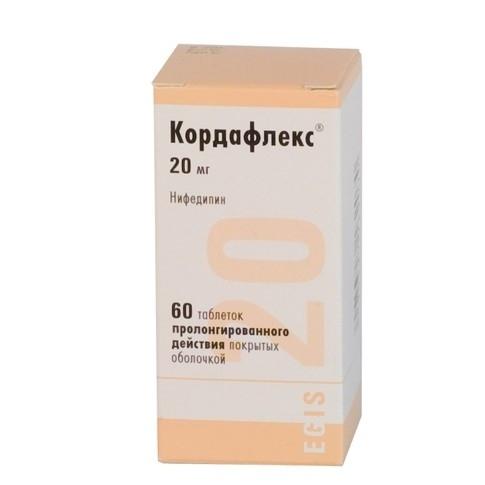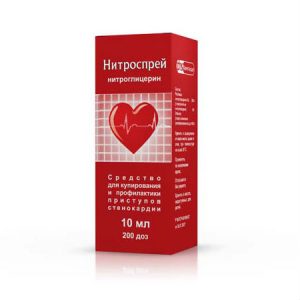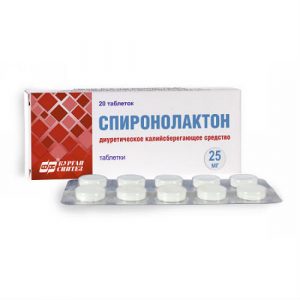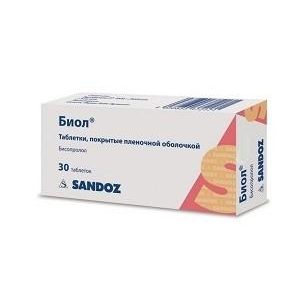Description
Release form
film-coated tablets.
Packing
60 pcs.
Pharmacological action
CORDAFLEX is a selective class II calcium channel blocker, a derivative of dihydropyridine. Causes antianginal and hypotensive effects. Expands coronary and peripheral arteries, reduces myocardial oxygen demand by reducing afterload on the heart. It has a slight negative inotropic effect. Almost no antiarrhythmic activity. It has no inhibitory effect on the conduction system of the heart. As a result of a decrease in peripheral vascular resistance and a decrease in blood pressure, it can cause a slight reflex tachycardia.
Indications
Coronary heart disease: for the prevention (in some cases, relief) of attacks with various forms of angina pectoris, including angiospastic (Prinzmetal angina) arterial hypertension of various origins Raynaud’s syndrome.
Contraindications
Cardiogenic shock severe arterial hypotension (systolic blood pressure below 90 mmHg) severe aortic stenosis, idiopathic hypertrophic subaortic stenosis I trimester of pregnancy severe heart failure hypersensitivity to nifedipine.
Special instructions
The antihypertensive effect of Cordaflex is enhanced with hypovolemia. Pressure reduction in the pulmonary artery and hypovolemia after dialysis can also enhance the effects of the drug, and therefore it is recommended to reduce its dose.
In rare cases, chest pain (angina pectoris due to paradoxical ischemia) may occur at the beginning of the course of treatment with Cordaflex or soon after taking the drug. If a causal relationship between taking the drug and angina is detected, treatment should be discontinued.
In arterial hypertension or coronary artery disease, abrupt withdrawal of nifedipine can cause hypertensive crisis or myocardial ischemia (ricochet phenomenon).
If during treatment the patient requires surgery under general anesthesia, it is necessary to inform the anesthesiologist about the therapy with Cordaflex.
In elderly patients, a decrease in cerebral blood flow is more likely due to sharp peripheral vasodilation.
During the course of treatment with Cordaflex, the use of alcoholic beverages is not recommended because of the risk of an excessive decrease in blood pressure.
Use in pediatrics
Due to the lack of sufficient clinical data, the drug is not recommended for use in children and adolescents under the age of 18 years.
Influence on the ability to drive vehicles and control mechanisms
In the initial, individually defined period of application of Cordaflex, driving vehicles and engaging in other potentially dangerous activities that require quick psychomotor reactions are not allowed. In the course of further treatment, the degree of restriction is determined depending on the individual patient response to the drug.
Composition
1 tablet: – nifedipine 20 mg
Excipients: microcrystalline cellulose, lactose monohydrate, croscarmellose sodium, hydroxypropyl cellulose, 30 T polyvinyl butyral, talc, magnesium stearate.
Shell composition: hypromellose, titanium dioxide, iron oxide red, magnesium stearate.
Dosage and administration
Adults Cordaflex 10 mg is prescribed 1 tab. 3-4 times / day. If necessary, the dose is gradually increased to 20 mg 2 times / day. The maximum daily dose is 40 mg.
During the course of treatment, it is recommended to use a prolonged form of the drug – Cordaflex Retard 20 mg. The drug is prescribed for 20-40 mg 2 times / day.
For elderly people, the initial dose of the drug is halved.
The drug is taken regardless of food intake.
Side effects
Cordaflex® is contraindicated in the first trimester of pregnancy.
The use of Cordaflex in pregnant women is indicated only in cases where normalization of blood pressure is not possible when using other antihypertensive drugs.
Since nifedipine is excreted in breast milk, Cordaflex should be avoided during lactation or breast-feeding should be discontinued during treatment with the drug.
Drug Interactions
The combined use of nitrates with Cordaflex significantly enhances the antianginal effect.
The simultaneous use of Cordaflex and beta-blockers in most clinical situations is effective and safe, since it leads to the summation of the antianginal and antihypertensive effects of the drugs, however, in some cases, the development of severe arterial hypotension and heart failure is possible.
Rational, from the point of view of enhancing the hypotensive effect, consider the combination of Cordaflex with clonidine (clonidine), alpha-methyldopa (dopegite), diuretics, captopril, octadine, prazosin, reserpine do not use Cordaflex with apressin.
With the simultaneous use of Cordaflex and calcium preparations, the effect of nifedipine decreases due to antagonistic interaction due to an increase in the concentration of calcium ions in extracellular space.
The antihypertensive effect of Cordaflex with simultaneous use with cimetidine is significantly enhanced due to an increase in the concentration of nifedipine in blood plasma, which requires dose adjustment.
Under the influence of Cordaflex, the concentration of quinidine in the blood serum decreases significantly, which is apparently due to a decrease in the bioavailability of quinidine, the induction of enzymes that inactivate it, an increase in blood flow in the liver and kidneys, an increase in the volume of the drug distribution, as well as a change in hemodynamics. When Cordaflex is canceled after its simultaneous use with quinidine, a transient increase in the concentration (approximately 2 times) of the latter in serum is observed, which reaches its maximum level on the 3-4th day after cancellation, as well as an extension of the QT interval on the ECG. Thus, when using a combination of quinidine with Cordaflex, caution should be exercised, especially in patients with inhibition of left ventricular function.
With concomitant administration with rifampicin, weakening of the action of Cordaflex will be observed.
Overdose
Symptoms: severe arterial hypotension, headache, collapse, tachycardia, inhibition of the sinus node, bradycardia, arrhythmia.
Treatment: given the absence of a specific antidote, in cases of early detoxification, gastric lavage is carried out with the appointment of activated charcoal. Once, and then, according to the indications in the form of a continuous infusion, 10% solutions of calcium gluconate or calcium chloride are administered iv. With a sharp decrease in blood pressure, iv infusion of norepinephrine is indicated, with the development of heart failure, glycosides.
Storage Conditions
The product should be stored in a dark place at room temperature.
Expiration
4 years.
active substance
Nifedipine
Terms leave through pharmacies
In retseptu
Dosage form
tablet prolong.




